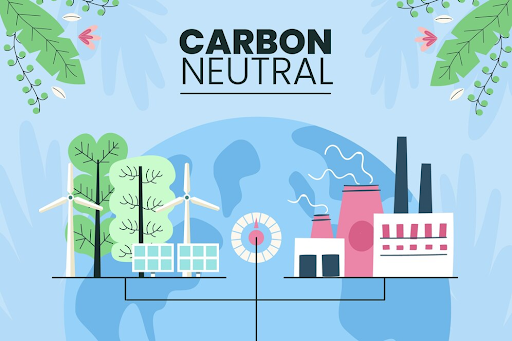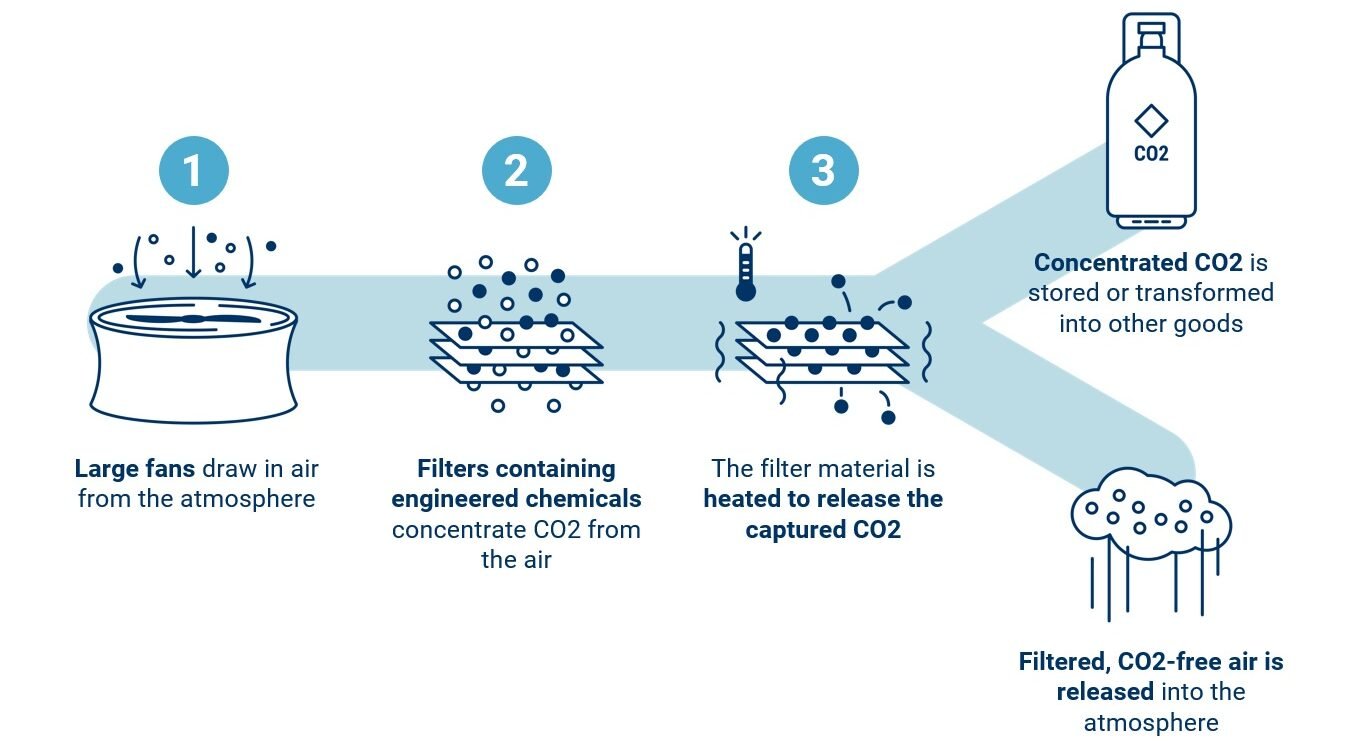Carbon Capture and Storage (CCS) is a critical technology in the fight against climate change. It involves capturing carbon dioxide (CO2) emissions from industrial processes and power plants, then storing them underground to prevent them from entering the atmosphere. This process helps reduce the impact of greenhouse gases, which are major contributors to global warming.
CCS is not just a single process but a combination of technologies working together to capture, transport, and store CO2 safely. As we continue to rely on fossil fuels and other carbon-intensive activities, CCS plays an essential role in transitioning to a low-carbon future.
How Does Carbon Capture and Storage Work?
Carbon Capture and Storage (CCS) is a critical technology in the fight against climate change. It involves capturing carbon dioxide (CO2) emissions from industrial processes and power plants, then storing them underground to prevent them from entering the atmosphere. This process helps reduce the impact of greenhouse gases, which are major contributors to global warming.
CCS is not just a single process but a combination of technologies working together to capture, transport, and store CO2 safely. As we continue to rely on fossil fuels and other carbon-intensive activities, CCS plays an essential role in transitioning to a low-carbon future.
1. Capture:
CO2 is captured from sources like power plants, cement factories, and steel mills. This can be done through various methods:
A. Pre-combustion capture:
CO2 is removed before the fuel is burned.
B Post-combustion capture:
CO2 is captured after the fuel has been burned.
C. Oxy-fuel combustion:
The fuel is burned in oxygen, producing a gas that is mostly CO2, which is easier to capture.
2. Transport:
Once captured, the CO2 is compressed and transported to a storage site, usually through pipelines. In some cases, it can be transported by ship.
3. Storage:
The CO2 is injected into deep underground rock formations, such as depleted oil and gas fields or deep saline aquifers, where it is securely stored. These storage sites are carefully selected and monitored to ensure that the CO2 remains trapped and does not leak into the atmosphere.
What are the Advantages of Carbon Capture and Storage?

1. Significant Reduction in CO2 Emissions:
CCS can capture up to 90% of CO2 emissions from power plants and industrial processes, greatly reducing their carbon footprint.
2. Supports Energy Transition:
While renewable energy sources like wind and solar are essential, CCS can help reduce emissions from existing fossil fuel-based power plants during the transition to a low-carbon economy.
3. Negative Emissions with BECCS:
Bioenergy with Carbon Capture and Storage (BECCS) combines biomass energy with CCS, potentially leading to negative emissions, where more CO2 is removed from the atmosphere than is emitted.
What are the Challenges with Carbon Capture and Storage?
Despite its benefits, CCS faces several challenges that need to be addressed:
1. High Costs:
The technology required for CCS is expensive, making it less economically viable without government incentives or carbon pricing.
2. Energy-Intensive Process:
Capturing and compressing CO2 requires significant energy, which can reduce the overall efficiency of power plants.
3. Environmental Concerns:
There is some public concern about the long-term storage of CO2, particularly the risk of leakage from storage sites. However, ongoing monitoring and research are helping to mitigate these risks.
What are Some Examples of Carbon Capture and Storage?
Several successful CCS projects around the world demonstrate the technology’s potential:
1. Sleipner Project (Norway):

Operating since 1996, Sleipner is one of the world’s first commercial CCS projects, capturing CO2 from natural gas production and storing it in a deep saline aquifer beneath the North Sea.
2. Boundary Dam (Canada):

This project retrofitted a coal-fired power plant with CCS technology, capturing up to 90% of its CO2 emissions and storing them underground.
3. Acorn CCS Project (UK):

This innovative project in Scotland aims to repurpose existing oil and gas infrastructure for CO2 transport and storage, helping to decarbonize the UK’s industrial sector.
What is Direct Air Carbon Capture and Storage?
Direct Air Carbon Capture and Storage (DACCS) is an emerging technology that captures CO2 directly from the atmosphere, rather than from point sources like power plants. This approach has the potential to remove CO2 from the atmosphere, helping to counteract past emissions.

How it Works:
DACCS uses chemical processes to capture CO2 from ambient air. The captured CO2 can then be stored underground or used in various industrial applications.
Advantages:
DACCS is a flexible solution that can be deployed anywhere, making it a valuable tool for achieving negative emissions.
Challenges:
Like other CCS technologies, DACCS is currently expensive and energy-intensive, but ongoing research aims to reduce costs and improve efficiency.
What Role Does the Carbon Capture and Storage Association Play?
The Carbon Capture and Storage Association (CCSA) is a key organization that promotes the development and deployment of CCS technologies. It works with governments, industries, and other stakeholders to advance CCS as a critical component of global climate change mitigation efforts.
Activities:
The CCSA provides research, advocacy, and policy development to support the adoption of CCS technologies. It also organizes events and conferences to bring together experts and stakeholders from around the world.
Impact:
The association plays a crucial role in shaping policies and regulations that facilitate the deployment of CCS projects, ensuring that the technology can contribute effectively to global climate goals.
Conclusion: What is the Future of Carbon Capture and Storage?
The future of Carbon Capture and Storage (CCS) looks promising as governments and industries recognize its potential to reduce CO2 emissions and mitigate climate change. Technological advancements, such as the Aberdeen Biorefinery CCS Project, are pushing the boundaries of what CCS can achieve, integrating it into broader energy and industrial systems.
However, for CCS to reach its full potential, continued investment, policy support, and public awareness are essential. As the world strives to meet climate goals, CCS will play a crucial role in bridging the gap between current emissions and a sustainable, low-carbon future.
(You can now subscribe to our Trusted News Hub WhatsApp channel.)






